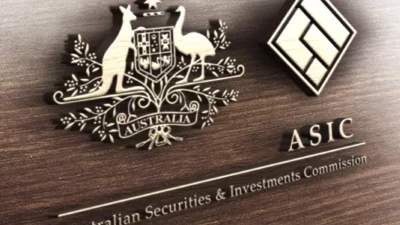CSLR will shift cost to firms that had no wrongdoing


The Government’s proposed compensation scheme of last resort (CSLR) will only shift the cost, via levies, to financial services companies that have done nothing wrong, according to the Financial Services Council (FSC).
The FSC said the Government needed to amend the CSLR proposal to prevent the “moral hazard” of shifting costs and that the future cost of advice failures was likely to be $59.2 million – $8 million higher than the forecast by the government.
The FSC recommended to:
- The Australian Securities and Investments Commission (ASIC) introduce minimum capital requirements for advice licensees;
- ASIC has proactive oversight of professional indemnity insurance (PI) held by advice licensees;
- Provisions in the CSLR are introduced to prevent phoenixing;
- Retaining the $150,000 cap on claims proposed by the Government; and
- House the CSLR in Treasury to remove conflicts of interest and reduce operational costs.
FSC chief executive, Sally Loane, said: “Weak enforcement has been a significant contributor to the current scale of unpaid determinations and the future cost of the scheme, and a more proactive approach to enforcing the law is essential.
“Why put a safety net under a leaky bucket? Mandating that sound financial services businesses to fund consumer compensation for those businesses which have failed is moral hazard writ large.
“The FSC recommends ASIC undertake risk-based reviews of a representative sample of advice licensees to encourage good practice and reduce the risk of consumer unpaid determinations arising from those businesses that are undercapitalised and have inadequate insurance.
“The CSLR should also be amended to prevent phoenixing, where an operator abandons a company to avoid compensation and shifts the cost onto the CSLR, only to start a new company in the same sector. In the UK phoenixing has contributed to the ballooning 700-million-pound cost of their compensation scheme.”
The FSC noted that modelling by EY found using the FSC’s recommendations could reduce CSLR costs from $59.2 million to $7.8 million by:
- Introducing capital requirements and stronger ASIC oversight of PI insurance, in addition to requiring the scheme operator to comprehensively pursue third party recovery, would reduce the cost of the scheme by $46.4 million; and
- Introducing measures to prevent phoenixing would reduce the scheme by $5 million.
Recommended for you
Financial Services Minister Stephen Jones has shared further details on the second tranche of the Delivering Better Financial Outcomes reforms including modernising best interests duty and reforming Statements of Advice.
The Federal Court has found a company director guilty of operating unregistered managed investment schemes and carrying on a financial services business without holding an AFSL.
The Governance Institute has said ASIC’s governance arrangements are no longer “fit for purpose” in a time when financial markets are quickly innovating and cyber crime becomes a threat.
Compliance professionals working in financial services are facing burnout risk as higher workloads, coupled with the ever-changing regulation, place notable strain on staff.














